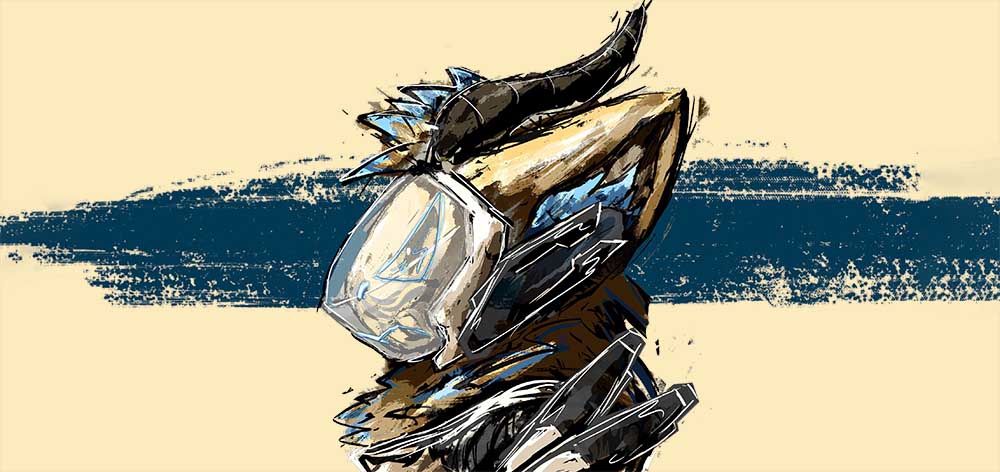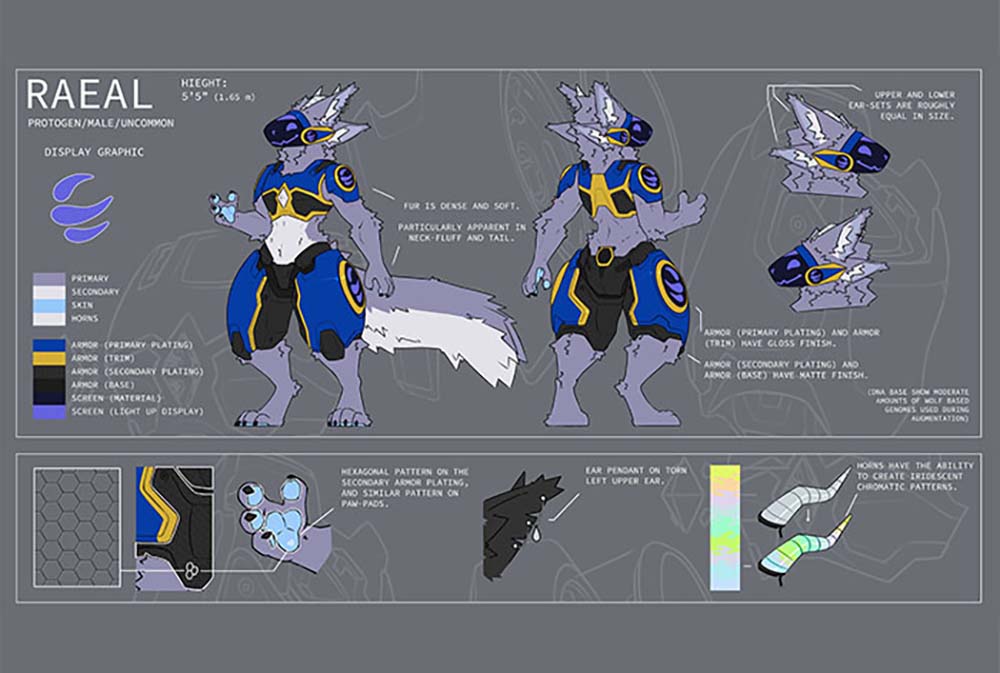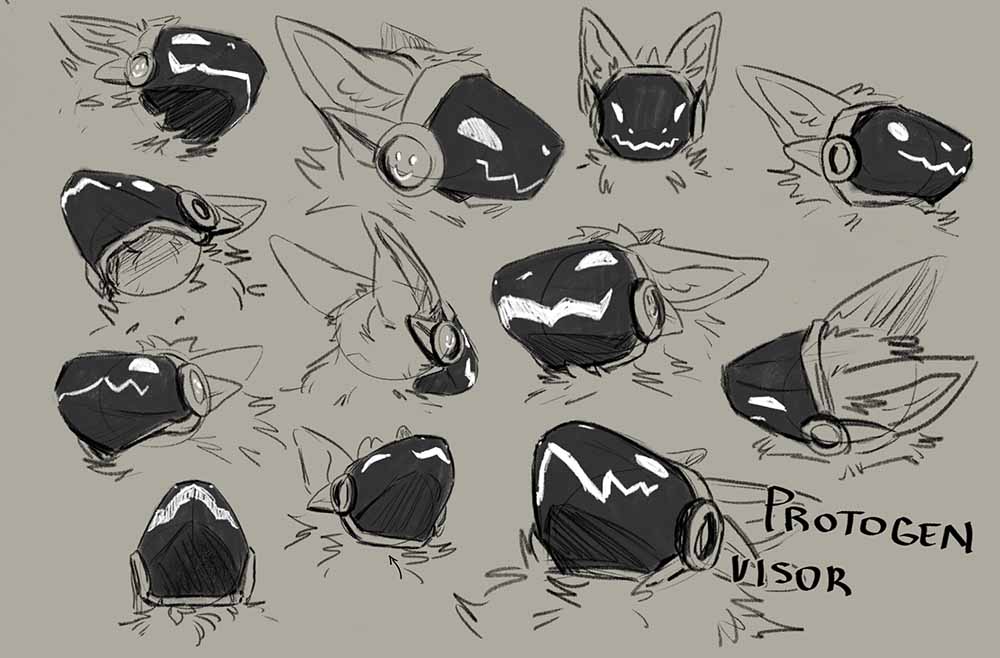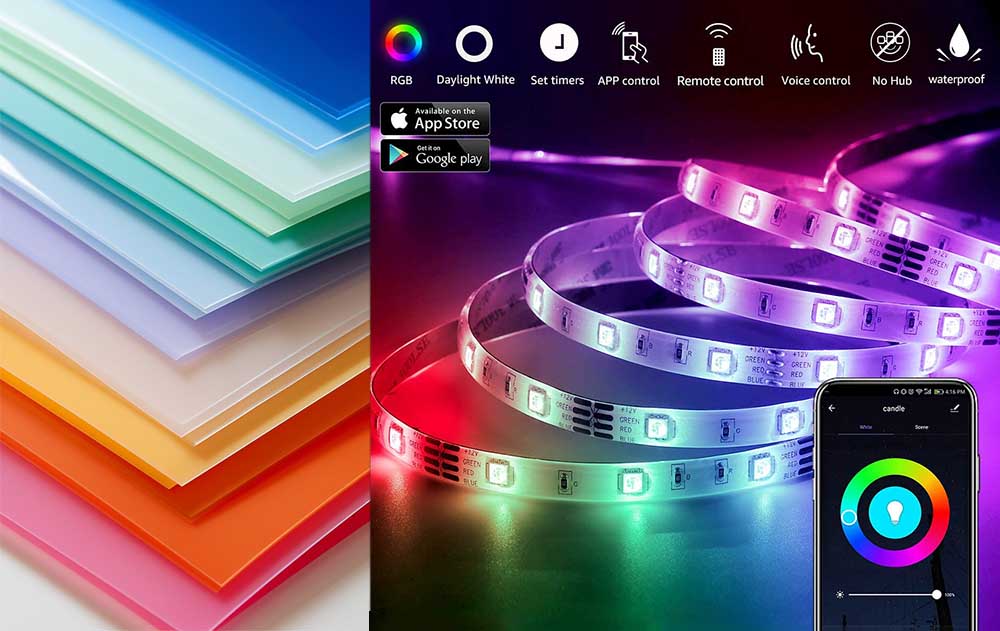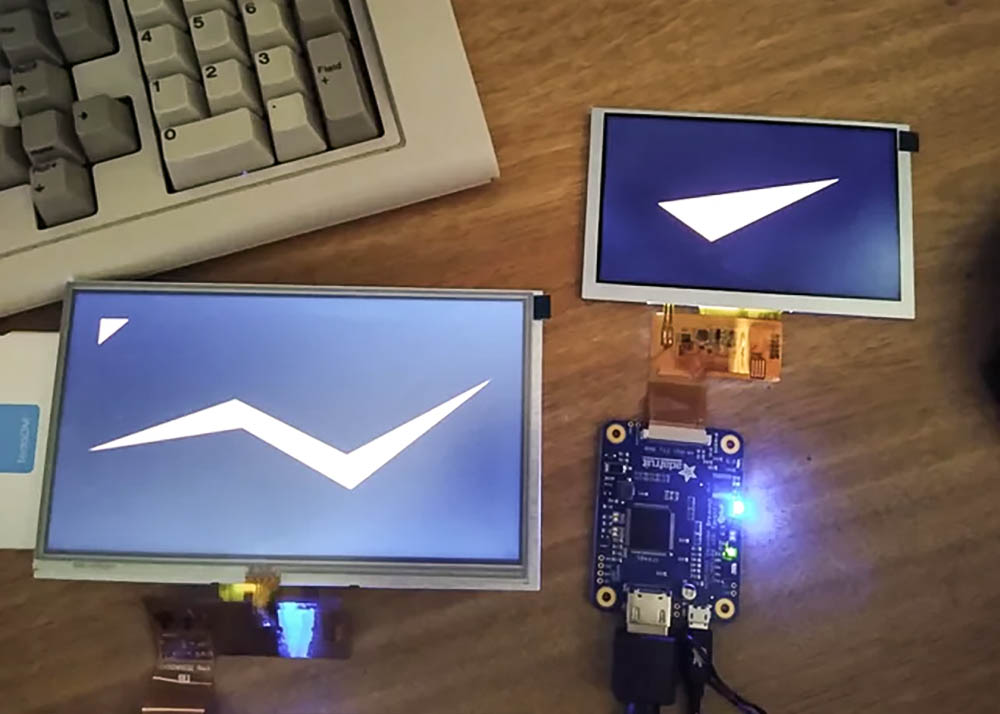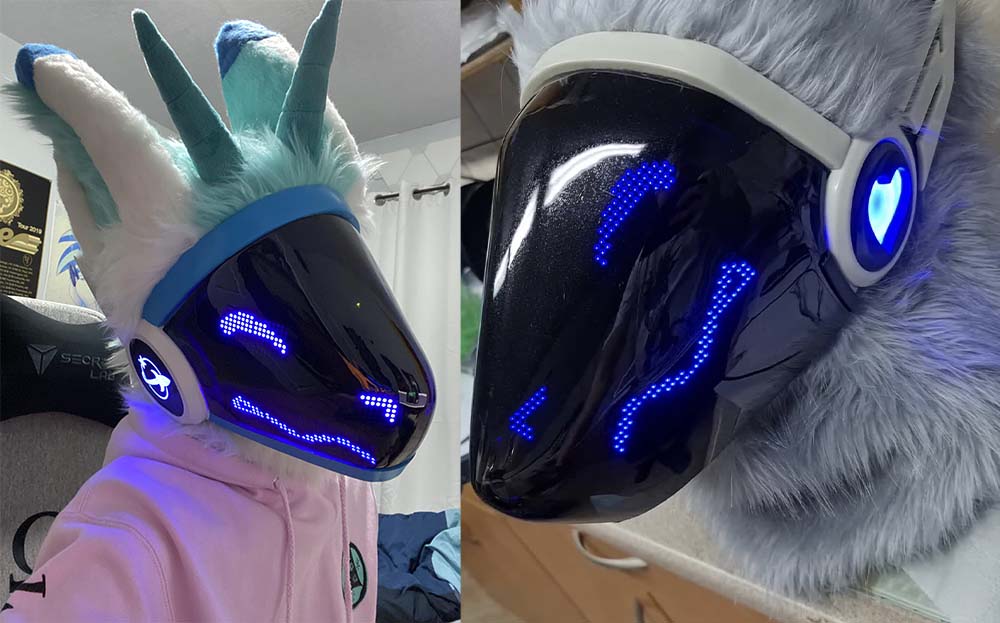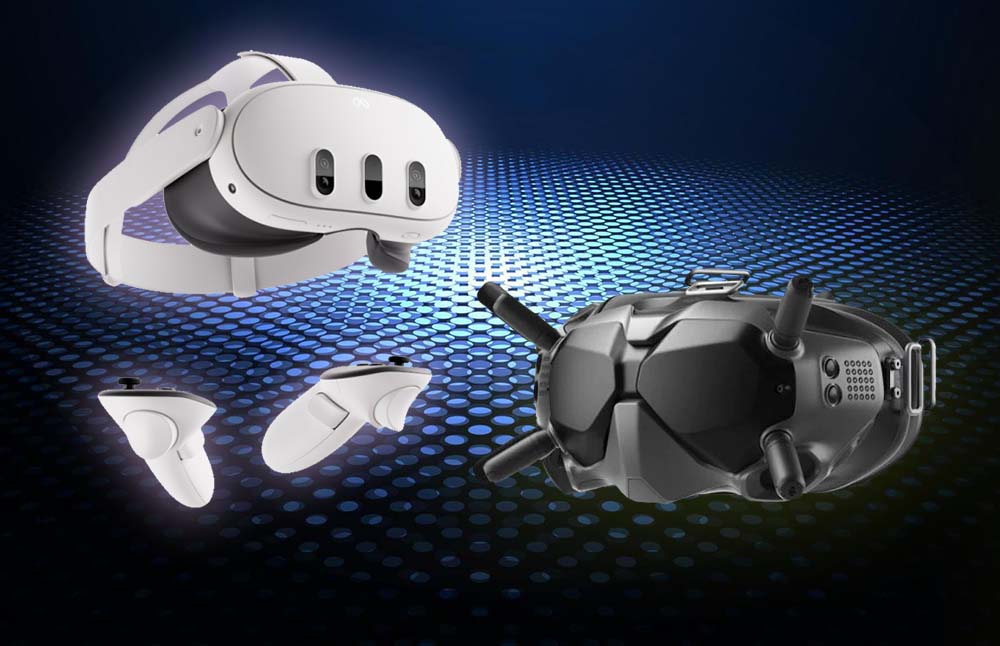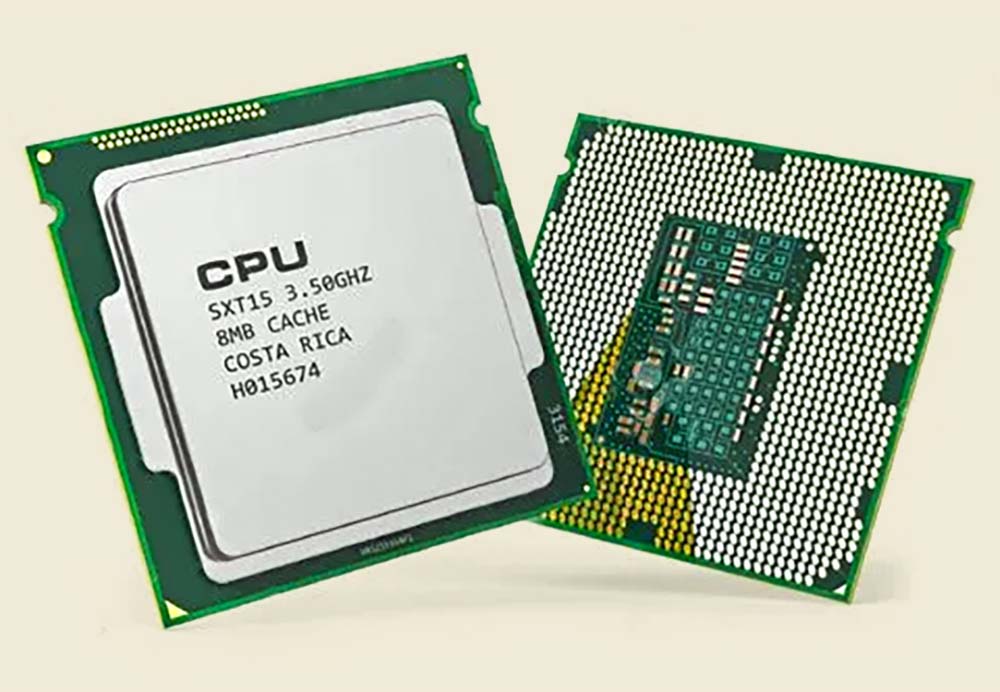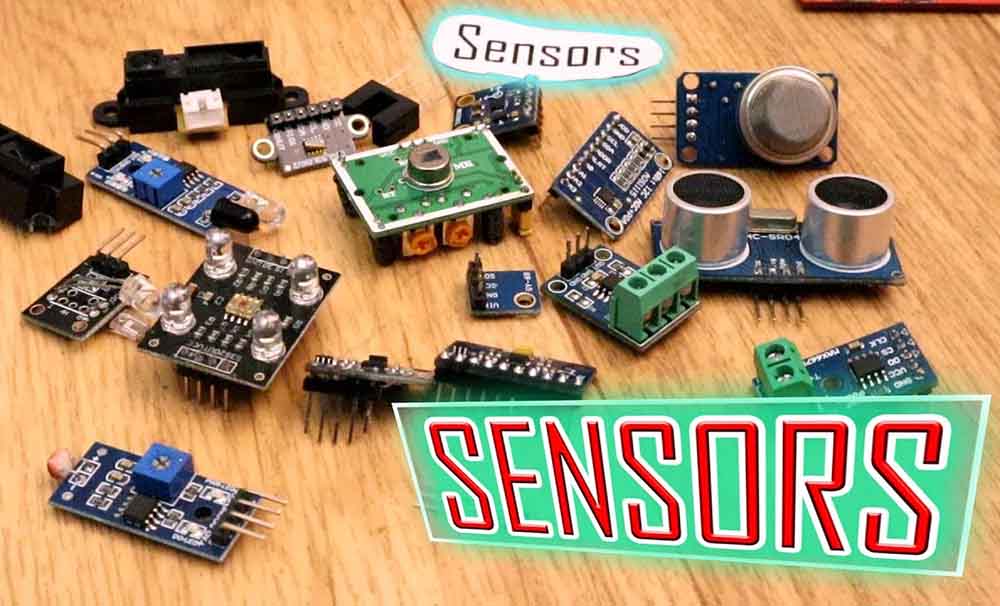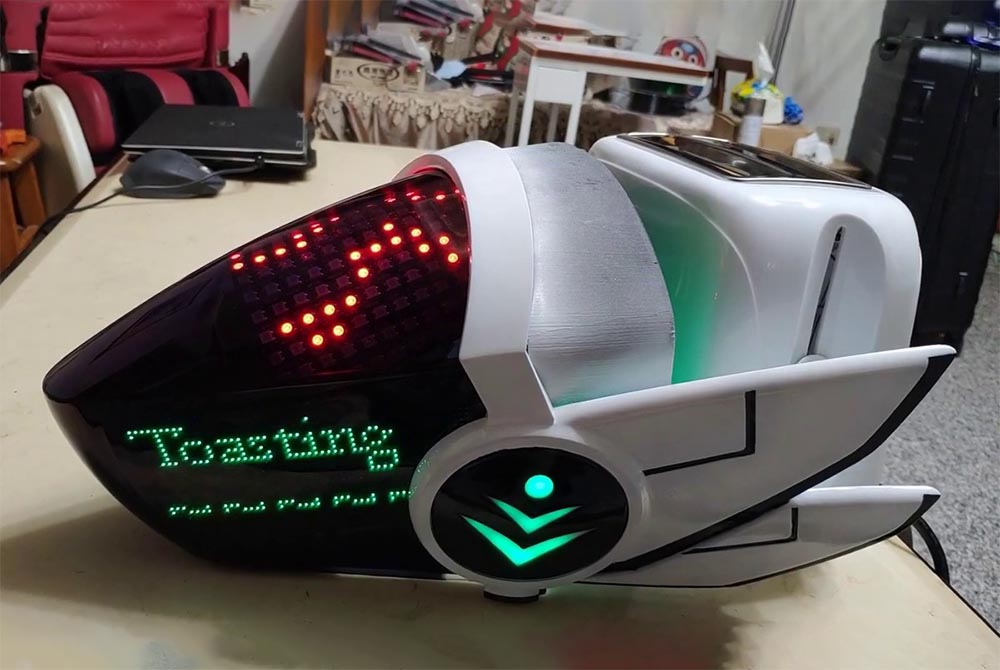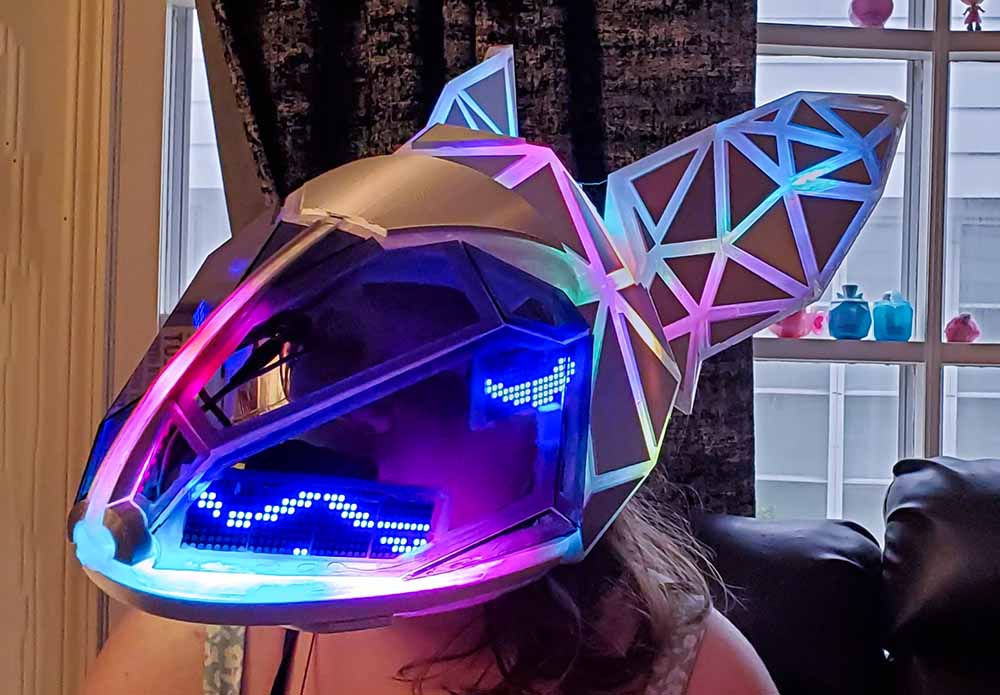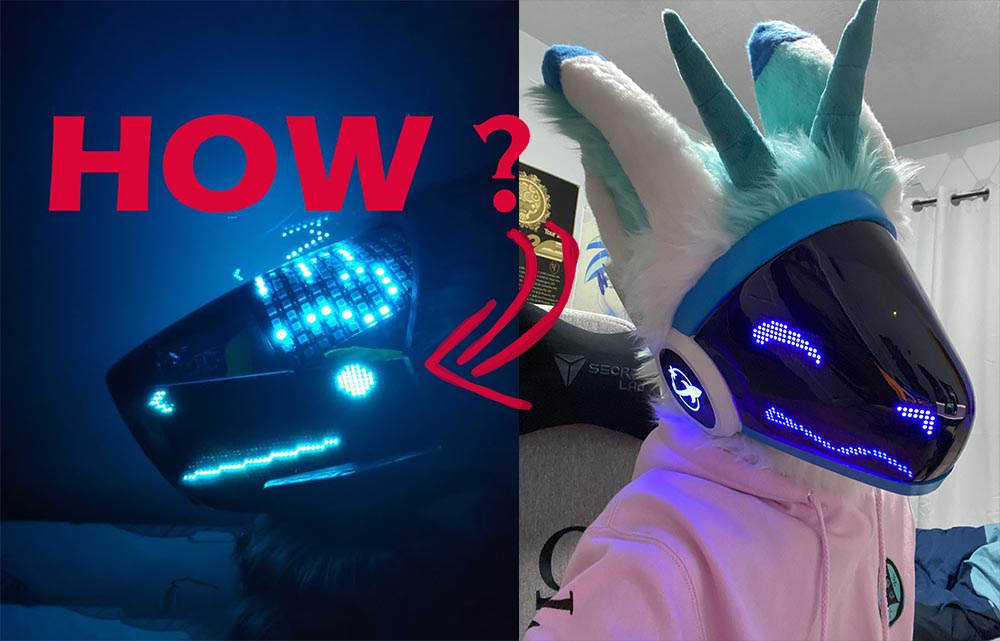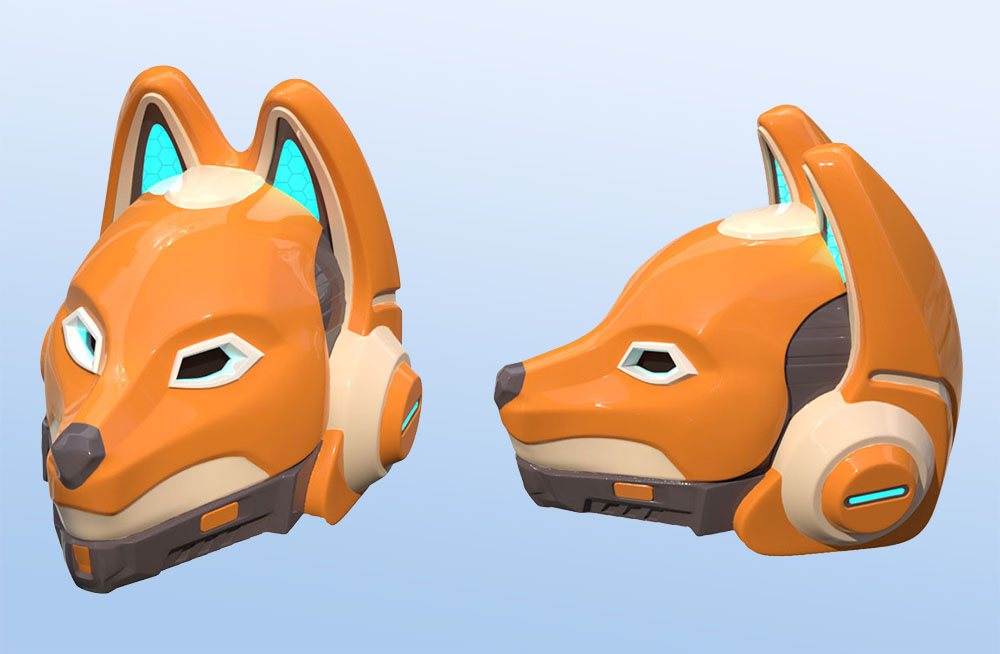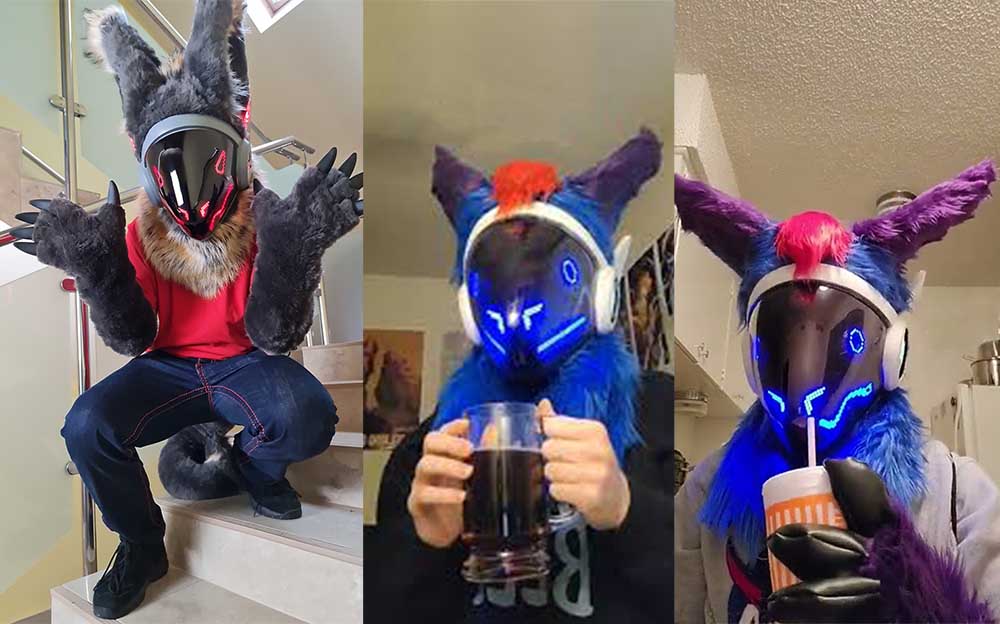Protogen visors bring your cyborg furries to life. Learn what visors are, what they are made of, and how to make your own LED protogen visor.
Introduction
Innovative tech gears are becoming the in-thing. The furry fandom seems to be embracing; with arms wide open, the infusion of techies into the space. Protogen headgear models keep constantly getting better. From the design to the materials and aesthetic feel to it. The cool furry kids are certainly bringing their A-game to the scene.
Before the full-on talk about Protogen Visors, what they are made of, and how they are made. Check out our previous blog posts to keep you up to speed on all things Protogens here.
What are protogen Visors?
A protogen visor is an AR device that looks like a futuristic headgear. It fuses advanced technology with the already existing standard Fursona concept. It is typically made of a transparent display, sensors, and microprocessors integrated into a very sleek frame.
The transparent display allows digital information for certain designs and it is solely for vision purposes in others. Overall it gives its users a cool futuristic persona they often desire.
What are protogen visors made of?
Aside from the obvious incorporation of Fur in some designs, other parts make up the seamless functionality of a Protogen Visor. These furry-tech headgears are usually carefully crafted using certain materials like polycarbonate, LED lights, or their alternatives that make up the optics and sensory features and most importantly Nanites.
The primary component is the lightweight yet durable polycarbonate shell. It is used to create the frame of the visor, providing support for other intended elements like the display features and optional antenna that some designs come with.
Protogen Visors are made up of sensors and microprocessors. Underneath the surface frame lies the electronic components. These components are carefully added within, to help create that balance between the visor’s functionality and aesthetics. Of course, with the visor made up of electronic parts, you should expect a CPU to act as a control command at some point.
Other components that are likely to be part of a protogen visor design include the LCD(liquid crystal display), OLED (organic light-emitting diode), and transducers each contributing to the visor’s performance, battery longevity and an overall comfortable audio experience for its users.
Beyond the cool technology features, the outer shell of Protogen Visors is often created from premium materials, like sleek metals and high-grade plastics.
The choice of materials not only contributes to the device’s aesthetics but also plays a crucial role in managing heat control within the headgear allowing its user the chance to use it for prolonged periods.
Unconventional materials have been known to be used also such as paper and glass, so sometimes it really comes down to using whatever works.
How to make a protogen visor?
Crafting a Protogen Visor from scratch isn’t your regular everyday arts and crafts. It requires time, effort, attention to detail, and of course money to be spent on acquiring materials. That’s not to say it cannot be done. It surely can. Be sure to seek help as required, and if you’re under the age of 18 be sure to only attempt to build your protogen visor with the help of a capable adult. It can be a tedious and challenging process.
Here’s a general guide to building your protogen visor:
1. Agree on a design:
The first thing you’d want to do is to decide what you want your visor to look like. More fur? More electronics? You will need to develop somewhat of a detailed blueprint for the visor and consider the integration of components and other factors like weight and your overall comfort.
And the nature of the vision, what would it be? There are 3 major types of standard designs for this. It could be
- Direct vision
- VR headset
- FPV goggles
You need to decide on all of this before proceeding further.
2. Purchase your materials:
The next step would be to acquire the specialized materials for your visor. Materials such as a durable polycarbonate for the visor shell, high-quality sensors, microprocessors, plastic for the outer frame, fur, and depending on your design choice, any other material suitable for your visor design.
3. Component Assembling:
With your design and materials ready the next thing would be to begin piecing them together. The microprocessors, sensors, and optics go into the visor frame. Precision is key during this phase. Telling you it’s a tedious process was no joke. Your patience level has to be more than ordinary during this time.
4. Electronic setup:
Here you begin to fine-tune the optic and audio components to produce the best visual and audio output. This step requires careful adjustments and expertise to achieve a vibrant and distortion-free text display if your design accommodates it and a perfect hearing result for you when you use it.
5. Power Management:
You’ll need a rechargeable battery in the frame, while also considering the already existing weight of the frame and the possible amount of heat the battery may emit. Anything above minimal heat emission will cause discomfort during prolonged usage. So be sure to take that into consideration.
6. Quality Control:
Test the product of your hands. Make adjustments where necessary and attend to any other issue that may arise.
7. Aesthetics and Finish:
Add your Finishing touches as needed. You could decide on dying different colours on the fur parts. You just get to go in the direction of your creativity here. And that’s about it.
While this serves as an outline for the general process of making your protogen visor, it is important to know that creating a Protogen Visor is a pretty tedious task. It requires expertise and specialized knowledge.
As such if you’re looking to own your protogen without the technicality and stress of DIY, be on the lookout for Smitizen’s beautifully manufactured Protogen Visor. Visit our homepage Smitizen.com for updates and a glimpse into our other amazing products.
Protogen Visor FAQs
1. What is under a Protogens visor?
Underneath the sleek exterior of a protogen visor are the creature’s biological parts such as its eyes and brain. So technically you’ll find the protogen’s face but one without a lower jaw and not like anything you’re used to. The techie layout that makes up the components of the visor is used to create the external visual and sensory output we see and love.
While we see the visor as a cool feature it is a crucial part of the protogen’s functionality. Embedded within the Visor you’ll find a combination of microprocessors, sensors, and optics working together. A CPU serves as the brain, managing the aspect of data processing.
The visual system is made up of high-quality coatings that result in the distortion-free vision of the protogen, helping them navigate through its environment.
The audio experience is equally impressive, thanks to the innovative technology of the visor. Tiny transducers are added in a manner almost unnoticeable in the visor frame and they help transmit sound vibrations directly to the user’s ear.
This helps the protogen to maintain awareness of their surroundings while immersed in augmented reality.
Additionally, Protogen Visors house an energy source, typically in the form of a rechargeable battery added carefully into the frame.So you can safely say that beneath a protogen Visor is a beautiful fusion of electronic and hardware components working as a survival kit for our favourite cyborg fursonas.
2. Can protogens open their mouths?
The answer is, yes. Protogen can open the mouth of their biological part if we’re strictly speaking about the species. The design of the Protogen Visor, which is where a mouth is expected, focuses on holding together the AR tech components. Expressions that need to be communicated in words would rely on the digital or external display and not the biological mouth opening even if they have them.
3. How does a protogen eat with its visor on?
Well we all know that protogens are a species that still possess biological parts. That would tell you that they require some form of food to sustain them even though not as frequently as humans do. Here are two main ways Protogens eat with their visor on:
1. Visor Nanites:
With the confirmation that Protogens have mouths underneath that visor, a specialisation comes with their visors; which is composed of incredibly advanced nanites that can manipulate its form.
These nanites can temporarily distort their visor, creating a gap or opening for the protogen to eat through. This procedure is painless and typically goes unnoticed because the transition is quite smooth.
2. Hidden Mouths:
Under their visors, some practical protogen suit designs conceal secret mouths that are occasionally covered up by the way they are made. They can eat without exposing their organic parts since their lips can open and close on their own, separate from the visor.
Both approaches preserve the desired appearance of the protogens while allowing them to eat properly to their fill. It is quite a unique challenge eating with a protogen visor on. Users are often faced with the challenge of choosing to expose their identity or leaving their protogen visor on.
This is where practicality comes into play because these anthropomorphic characters probably have to use inventive ways to avoid showing off their face while eating, so features such as hinged or detachable visors can be used.
As another alternative, individuals can use special cutlery or think of visor designs that allow easy food eating without sacrificing their identity if it’s an issue.

